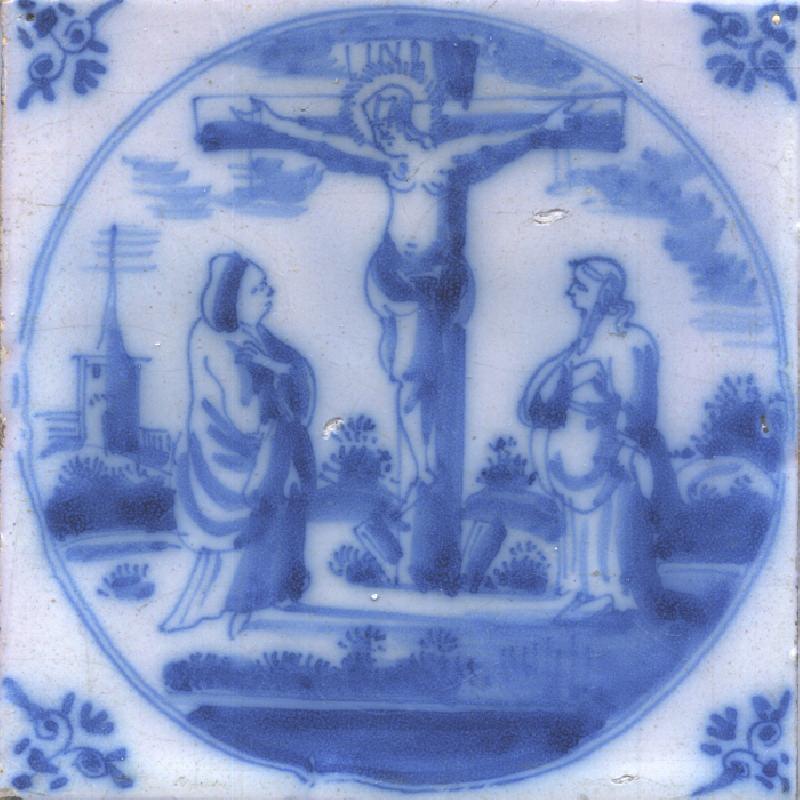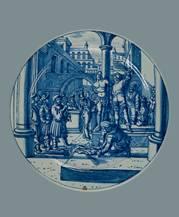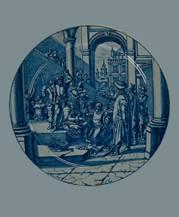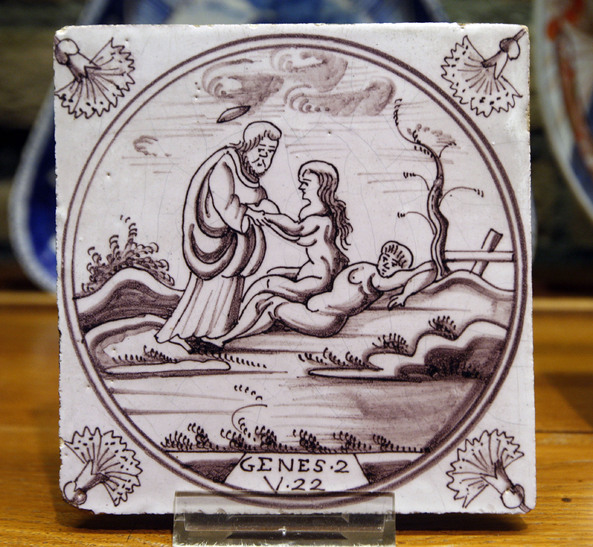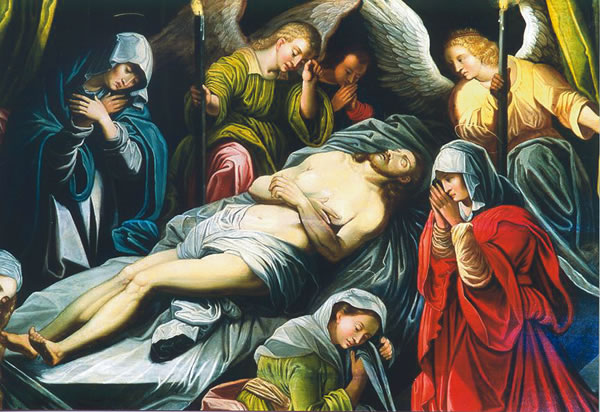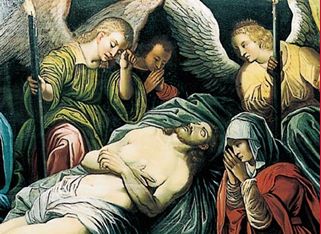Hi Michael!mjhurst wrote:Hi, Robert,
LOL. Did I say that? I thought I said that I didn't think it was ever intended to be an androgynous figure, and that there was an attempt to secularise the image. Bad Robert.mjhurst wrote:Given the near-universal practice of looking at each card in isolation, trying to find the best available pictorial cognate elsewhere, and then imposing that meaning on the Tarot card, your analysis makes some sense, I guess. It was a conventional Christ image and it became corrupted, because no one knew what Christ was supposed to look like. They just gave him tits, 'cause they didn't know no better.
Right, having halos on three of the evangelists would be silly!mjhurst wrote:I have to agree that many details of many decks do appear to be best explained by simple sloppiness and ignorance. For example, only a die-hard occultist would insist on inventing an intended meaning for something like the bull's lost halo -- that is just silly.
To turn it from being a depiction of Christ into a secular image. I thought I said that already?mjhurst wrote:But still... giving our dear fluffy Lord and Savior titties? WHY?!
mjhurst wrote:That's not an everyday kind of mistake.
Nope. Maybe it was intentional?
And yet, that is what it looks like. Maybe that's why Conver felt the need to completely redraw the deck?mjhurst wrote:You seem to assume that the original version was simple and conventional, which is fine, but it seems implausible that a simple and conventional Christ in Majesty figure would be ruined so perversely.
Well, you know me, never basing it on just one image, always looking at it as a group and comparing and contrasting.For which deck? You seem to arguing that these different decks are all depicting the same subject, which gets us back to the "Christ with tits" problem.robert wrote:I have a harder time believing it would happen in reverse. If not Christ, then it needs to be a figure that would be accompanied by the four evangelists and have a halo, I'm open to suggestions, but Christ seems the most likely subject.
Really? That's Jesus?mjhurst wrote: ---
THE QUESTION OF AMBIGUITY
...
And yet, I still remain unconvinced.mjhurst wrote: ---
LECTIO DIFFICILIOR POTIOR
...
I still think it terribly unlikely that it went from the Conver image to the Vieville image. But take heart, no one agrees with me, and I think 9 out of 10 tarot enthusiasts would happily believe that, not only is the Tarot de Marseille the best sequence, but the Conver/Tarot de Marseille II version is the preferred version. I still don't, at least for now.
I think it's much more improbable that a female figure would start off surrounded by three evangelists and a bull, in a mandorla, and then morph into Jesus Christ. Chronologically, the Vieville and the Dodal are older than the other existing TdMs, and the Besancon and Belgian seem to be based on the Tarot de Marseille I, worth exploring to help with dating I think. The images on the Cary Sheet, such as the Moon, agree with the Tarot de Marseille I, not the Tarot de Marseille II; so we have evidence of Tarot de Marseille I pattern iconography in circa 1500, and the earliest for Tarot de Marseille II is what, "probably" 1672? We also would need to remove the titles on the Sfroza World card, and ingeniously fill in the rest of the figures at the bottom of the card. More "correcting"?
Is this all clear cut? Nope. Will I change my mind? I often do. But for now, I still think Vieville to Conver much more likely than Conver to Vieville, so I'll continue to search.
I realise you dislike this whole "let's explore this together" approach, preferring, I suppose, to develop your theory in private and then release it to the world to appreciate (or not). Whereas, I tend to like to explore things as a group, so I enjoy the threads like this.
[Having had some of James' lemonade today, this last paragraph has been removed]

